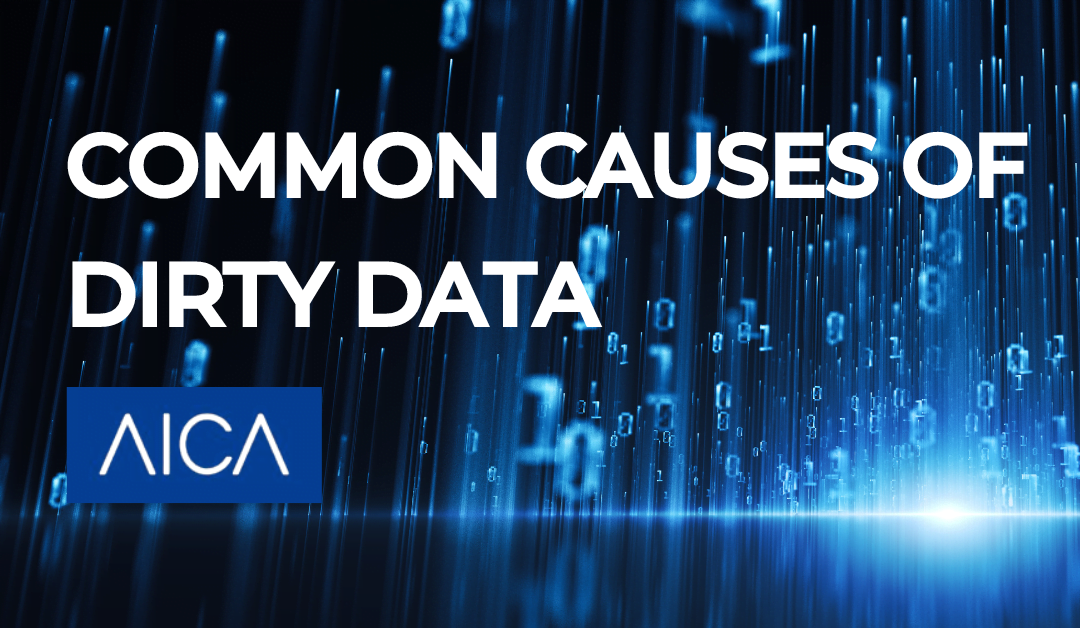Dirty data, or data that is inaccurate, incomplete, or inconsistent, is a major challenge for many organisations. It can lead to incorrect insights, bad decisions, and ultimately, financial losses. In this article, we will discuss the most common causes of dirty data within an organisation.
Human Error
One of the most common causes of dirty data is human error. This can happen when employees make mistakes while entering data manually, or when they fail to follow data entry standards and procedures. For example, if an employee accidentally types a wrong number or misspells a name, this can lead to incorrect data.
System Errors
Another common cause of dirty data is system errors. This can occur when there are bugs or glitches in the software, or when there is a problem with the hardware. For example, if a server crashes while data is being entered or processed, this can lead to incomplete or incorrect data.
Incomplete Data
Incomplete data is another major cause of dirty data. This can happen when data is missing or when it is not entered in its entirety. For example, if a customer’s phone number is missing from the database, this can lead to incomplete data.
Duplicate Data
Duplicate data is another cause of dirty data. This can happen when the same data is entered multiple times or when different versions of the same data are entered. For example, if a customer’s name is spelled differently in two different records, this can lead to duplicate data.
Data Integration Issues
Data integration issues can also cause dirty data. This can happen when data from different sources is merged or when there are inconsistencies between the data. For example, if data from two different systems is merged without proper reconciliation, this can lead to inconsistent data.
Lack of Data Governance
Finally, a lack of data governance can also lead to dirty data. Data governance refers to the policies, procedures, and standards that govern how data is collected, stored, and managed within an organisation. If an organisation does not have proper data governance in place, it can lead to inconsistent data and poor data quality.
